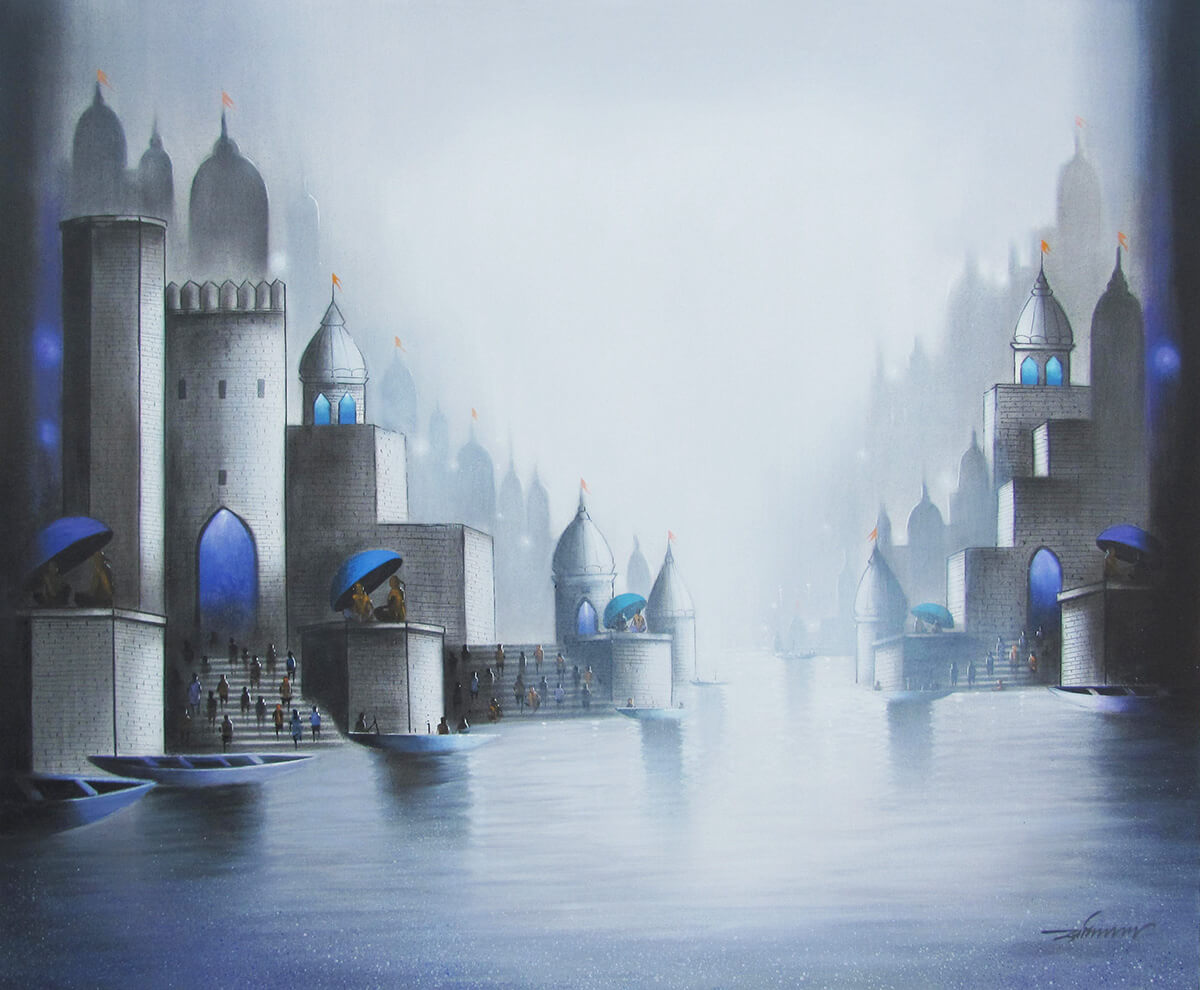Landscape Paintings
Landscape paintings are more than just decor; they bring the beauty of nature into your home, creating a serene and timeless ambiance. Whether you're looking for breathtaking views, contemporary interpretations, or vibrant abstract designs, our collection offers something for every style and taste.
Can we help you with Finding your favorite piece of art? Reach out to us by clicking below.
Discover Our Collection of Landscape Paintings
Landscape art has held profound significance throughout history. In ancient times, it served as a backdrop for religious and mythological narratives, but during the Renaissance, it emerged as an independent genre, celebrated for capturing nature's beauty and evoking emotions. Artists have long been inspired by the shifting moods of nature, the interplay of light and shadow, and the harmony of colors, using landscapes to express personal narratives and perspectives. Even today, landscape paintings offer a sense of solace in a fast-paced world, providing a visual escape to serene and picturesque realms while complementing various interior styles. Our article about some of the famous landscape paintings should take you through the notable works of important artists.
Indian landscape art has evolved from its presence in traditional miniature paintings to a standalone subject influenced by Western practices. Renowned international artists like Thomas Daniell, Arthur Boyd, and Nicholas Roerich captured India’s diverse landscapes, while Indian masters such as Sailoz Mukherjea, Paramjit Singh, S H Raza, Manu Parekh, and Paresh Maity have continued to depict the country's rich terrain. Their works celebrate India’s vast natural beauty, from the Himalayas to Kerala’s backwaters, preserving its essence through unique artistic interpretations. You can read our article about history of landscape art about the evolution of landscape paintings through the ages and its continuing relevance.
Our Collection Includes:
- Contemporary Landscape Paintings: Bold, modern works that feature vibrant colors and abstract interpretations of natural scenery, perfect for minimalist interiors.
- Realistic Landscape Paintings: Stunningly detailed pieces that bring lifelike views of mountains, forests, and rivers into your space.
- Abstract Landscape Paintings: Unique and creative designs that evoke emotion through imaginative compositions and vivid palettes.
Why Choose a Landscape Painting for Your Space?
Landscape paintings offer more than just visual appeal; they inspire a sense of calm and connection to nature.
- Living rooms: Transform your wall into a scenic escape.
- Bedrooms: Add tranquility to your personal space.
- Offices: Foster creativity and relaxation in your work environment.
Popular Artists & Styles in Landscape Paintings
Discover exquisite works from renowned artists such as:
- Amit Bhar: Captures the misty nostalgia of Indian riverbanks, ghats, pastoral lands, and historic sites with an exquisite play of light and shadow.
- M Singh: Paints landscapes as a meditative journey, capturing the interplay of mood, color, and cosmic energy.
- Iruvan Karunakaran: Breathes life into bustling streets with bold impasto strokes and vivid hues, transforming everyday moments into timeless, textured narratives.
- Kandan G: Uses bold strokes and dynamic compositions to distill the essence of urbanization into visual poetry.
- Ashif Hossain: Blends history and modernity, capturing India’s bustling streets and timeless architecture with rich textures and vibrant energy.
- Ananda Das: Transforms everyday scenes into emotive, detailed compositions, melding realism with a deep, personal connection to architecture, people, and nature.
- Somnath Bothe: Weaves history, culture, and nature into vibrant rain-soaked compositions, evoking nostalgia and wonder.
- Madhuri Bhaduri: Masterfully blends abstraction and landscapes, using layered compositions and vibrant hues to evoke profound emotions and metaphysical depth.
- Fawad Tamkanat: Creates dreamlike echoes of forgotten towns, where time lingers in weathered facades and quiet streets.
- S H Raza’s abstract landscapes: Evolved from impressionistic cityscapes to vibrant abstractions, distilling nature into color, form, and rhythm.
- Jehangir Sabavala: Creates poetic stillness in hushed skies, veiled horizons, and solitary figures dissolving into light and shadow.
Each artwork is crafted using premium materials, including oil paints, watercolors, and mixed media, ensuring longevity and brilliance.
Shop Authentic Landscape Paintings Online at Artflute
At Artflute, we offer:
- A curated collection of hand-painted and printed landscape artworks.
- Worldwide shipping and secure payment options.
- Expert consultation to help you find the perfect piece for your space.


 Price
Price
 Size
Size

 Orientation
Orientation
 Color
Color
 Style
Style
 Categories
Categories
 Sort
Sort















 '
'
 '
'
 '
'


